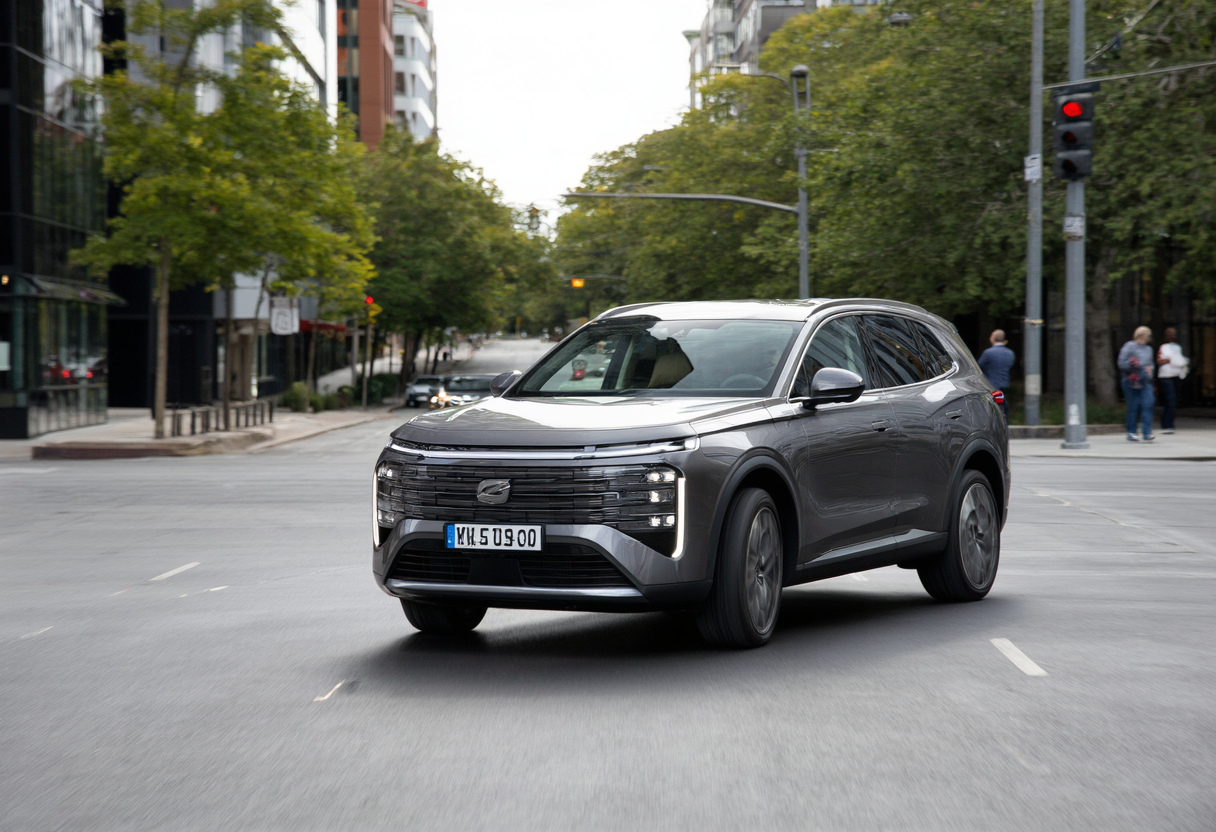Why SUV Cars Are Taking Over the Roads: Key Trends and Insights
In recent years, SUV cars have surged in popularity, becoming the preferred choice for many consumers. This article explores the reasons behind this trend, examining consumer preferences, advancements in technology, and shifts in marketing strategies. As we delve into this topic, we uncover insights on safety, versatility, and the social impact of SUV ownership, revealing how these vehicles have redefined modern driving experiences.
The Popularity Surge of SUV Cars
The rise of SUV cars has transformed the automotive landscape like never before. Consumers today increasingly favor these vehicles due to their spacious interiors, higher ride height, and perceived safety advantages. The typical family sedan simply cannot compete with the versatility offered by SUVs, which accommodate both passengers and cargo with ease. Moreover, with improved fuel efficiency and evolving technology, many modern SUV cars are just as economical as their smaller counterparts. As a result, more buyers are turning to SUVs, driven by lifestyle needs and growing consumer sentiment that leans towards larger vehicles. Additionally, the marketing strategies have shifted to highlight the adventurous lifestyles that SUV ownership embodies, making them highly desirable in today's market.
Technological Advancements in SUV Cars
Tech innovation plays a critical role in the growing appeal of SUV cars. Manufacturers have been integrating advanced safety features and infotainment systems that enhance the driving experience. Features such as lane-keeping assist, adaptive cruise control, and blind-spot monitoring have become standard in many SUV models, reassuring safety-conscious consumers. Furthermore, the rise of electric and hybrid options in the SUV segment demonstrates the industry's adaptation to environmental concerns, making them more appealing than traditional alternatives. Innovative technology allows SUV cars to offer luxurious interiors with spacious legroom while maintaining energy efficiency, addressing both comfort and sustainability—essential factors for modern consumers.
Societal Impacts of SUV Cars
The prevalence of SUV cars is not merely a trend but has broader societal implications. As these vehicles dominate the roads, urban planning, and infrastructure must also adapt. The larger size of SUVs can lead to challenges in traffic management and parking solutions within crowded city environments. However, they also offer benefits, such as providing higher seating positions for better visibility in traffic. The adoption of SUV cars reflects changing values among consumers who prioritize comfort and space, demonstrating a collective shift in lifestyle preferences. This social impact underscores a significant transformation in how we perceive vehicle utility in relation to personal and family needs.
Financial Considerations for SUV Cars
While the initial purchase price of SUV cars often exceeds that of sedans, many consumers view them as worthwhile investments. The resale value of SUVs generally remains robust due to their popularity, allowing owners to recover a larger percentage of their investment upon selling. Additionally, the versatility of SUVs makes them appealing for a variety of uses, from family transportation to recreation. Potential savings on gas, especially with hybrid options, also add to financial attractiveness. Consumers increasingly recognize that acquiring an SUV is not just a transactional decision but one with long-term financial implications, solidifying their choice in favor of these vehicles.
The Future of SUV Cars
As we look toward the future, the sustainability of the SUV market remains a hot topic. With the automotive industry facing increasing pressure to reduce emissions, SUVs are evolving to meet these challenges. Manufacturers are investing in electric SUV cars, recognizing that consumer demand is shifting. The integration of more sustainable production processes and materials is set to redefine how SUV cars are built, leading to greener alternatives without sacrificing performance. Consumer preferences may continue to steer the evolution of SUV designs toward maximizing fuel efficiency while retaining the appealing aesthetics and features that buyers love, ensuring their place on the roads for years to come.
Conclusion: The Dominance of SUV Cars
In conclusion, the rise of SUV cars is driven by multifaceted factors encompassing user preferences, technological advancements, and shifting societal norms. These vehicles are not just about transportation; they embody a lifestyle choice that resonates deeply with automotive consumers today. Understanding the appeal and implications of SUV ownership provides a glimpse into the future of the automotive industry. As these trends continue to evolve, it’s clear that SUV cars will remain prominent, shaping the roads and influencing cultural narratives around mobility.
